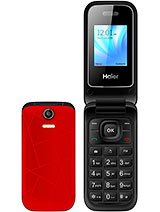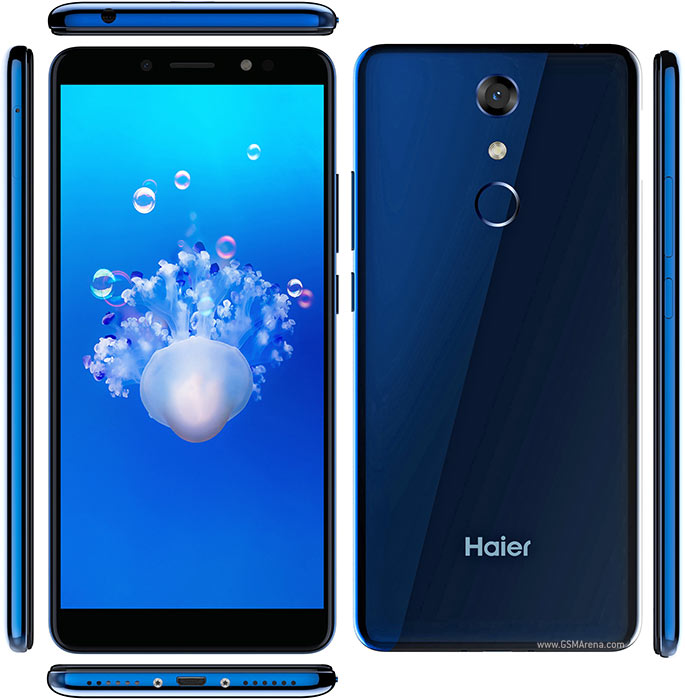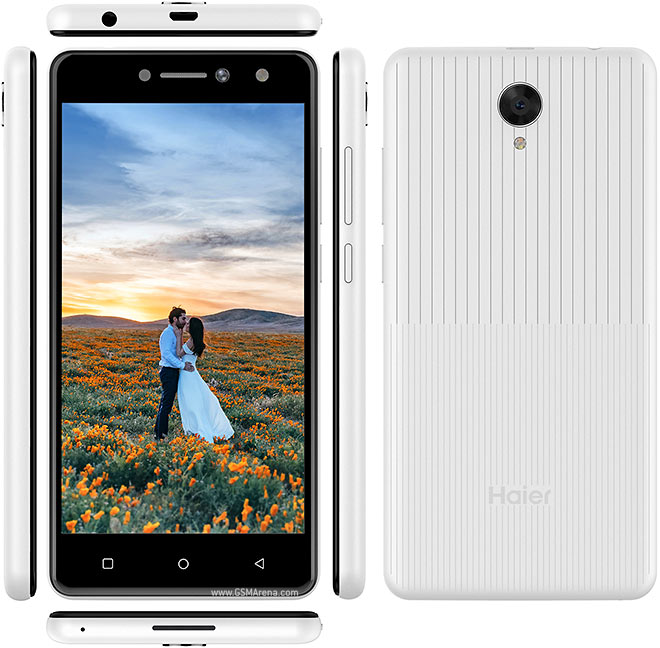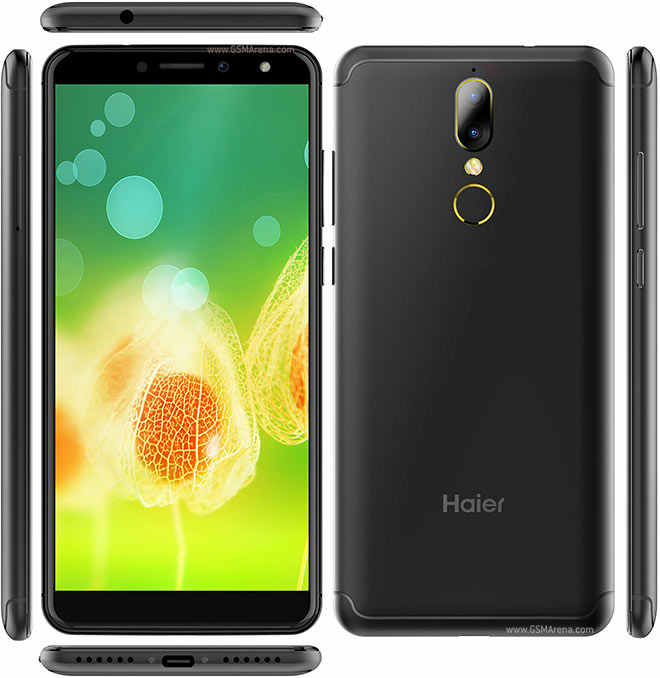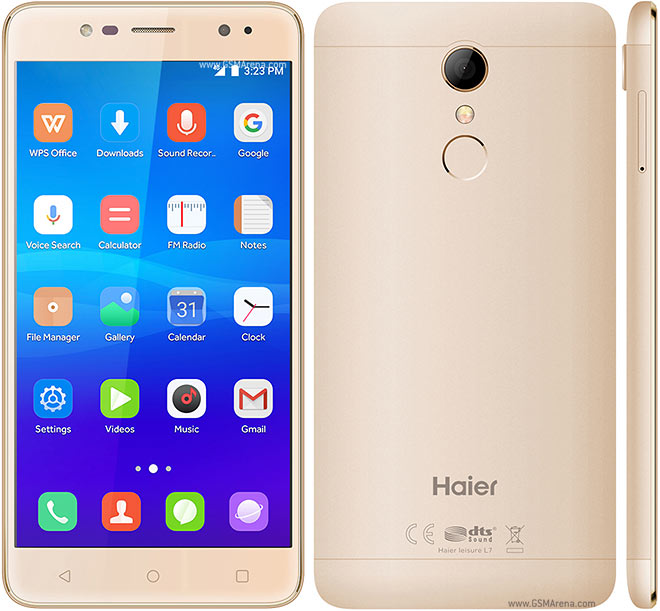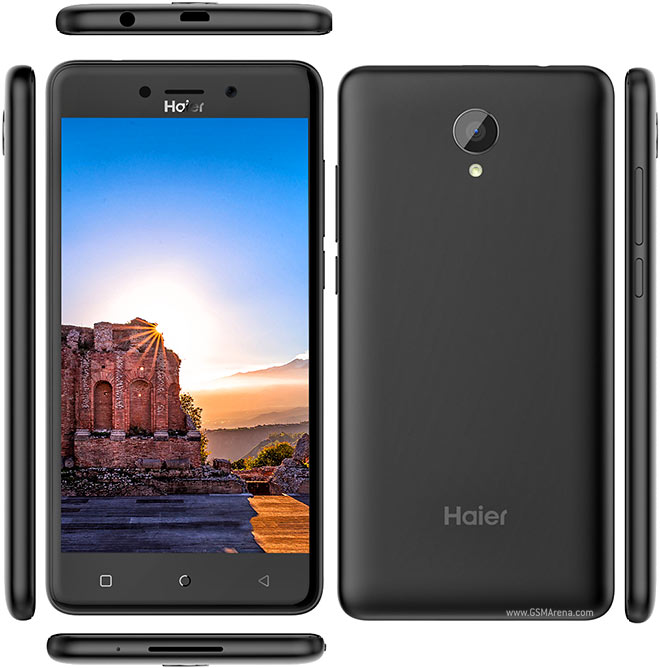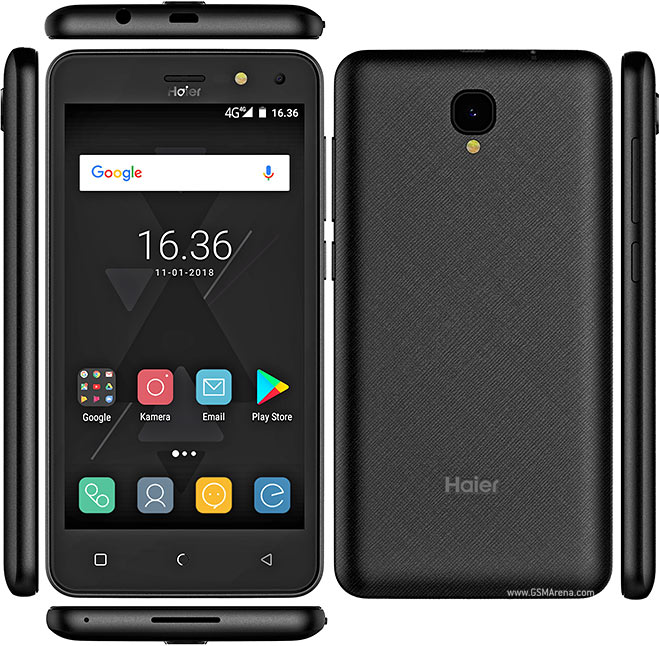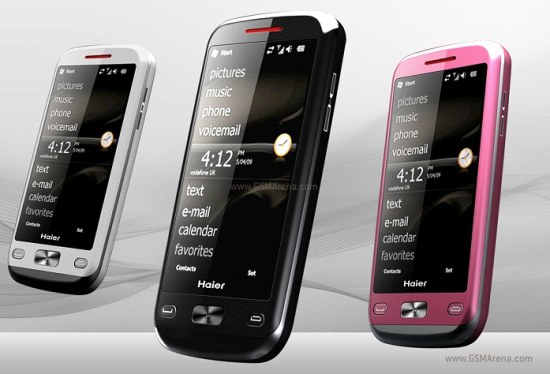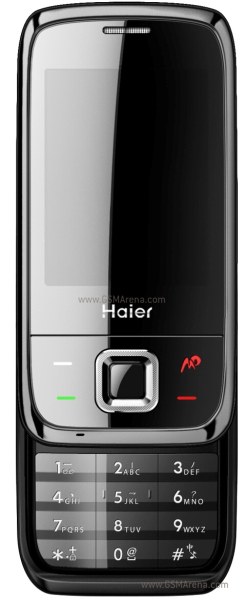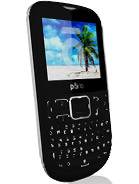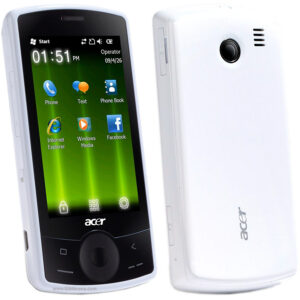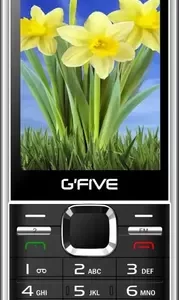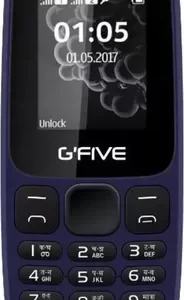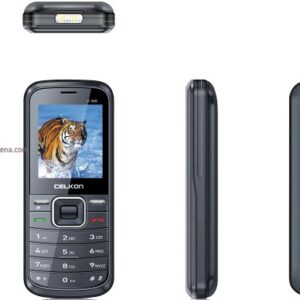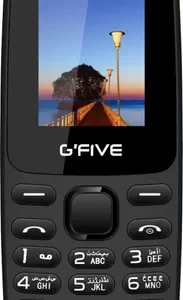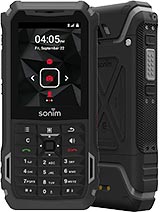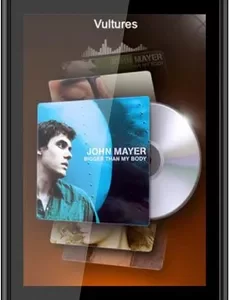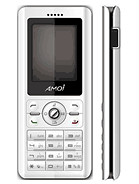Haier M1100 Overall Review
The Haier M1100 is a classic example of the early 2000s mobile phone design, focusing on simplicity and basic functionality. Announced in 2005, it features a 1.8-inch display, which was typical for phones of that era, providing a straightforward viewing experience for texts and simple images. The M1100 is powered by a 600 mAh battery, reflecting the modest power needs of feature phones compared to today’s smartphones.
This model is designed for users who need a phone primarily for voice calls and SMS, without the complexities or distractions of modern smartphones. The lack of advanced features like a camera or internet connectivity means the M1100 excels at being a reliable communication tool with potentially long battery life, thanks to its limited feature set.
While it may not boast the features found in contemporary mobile devices, the Haier M1100 embodies the essence of what many users seek in a mobile phone: simplicity, ease of use, and reliability. It’s a reminder of a time when mobile phones served primarily as tools for communication, rather than as all-in-one multimedia devices.

